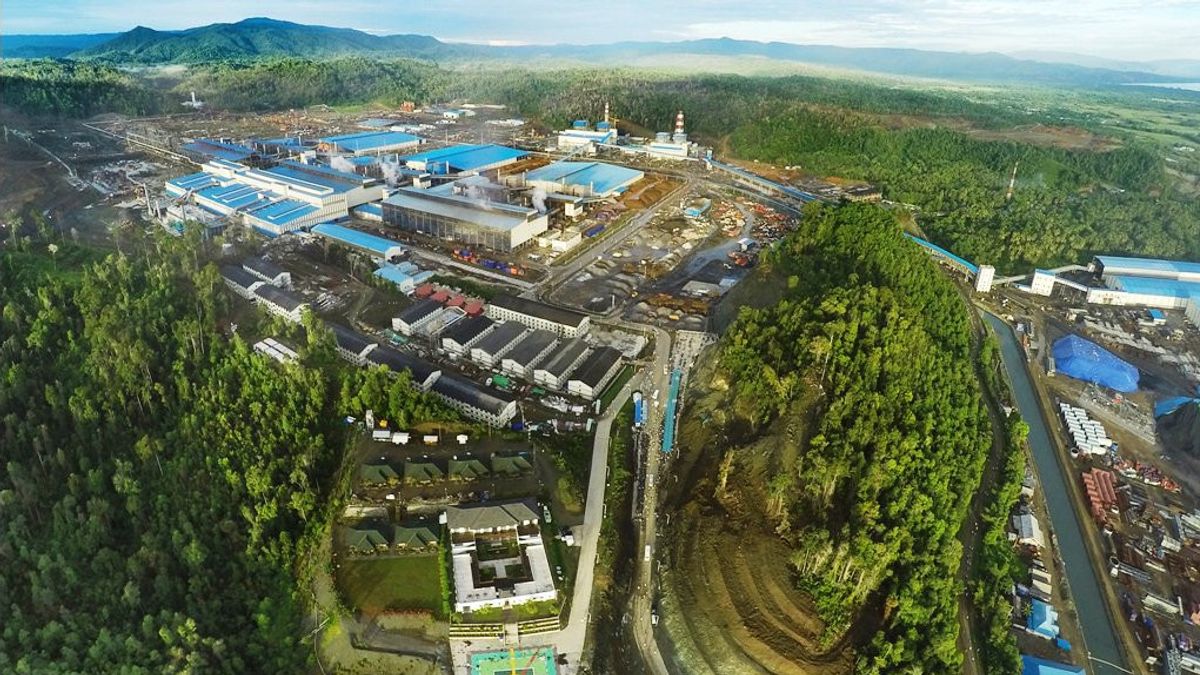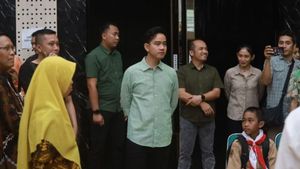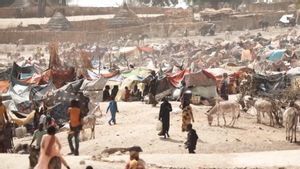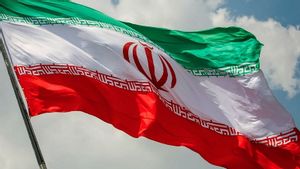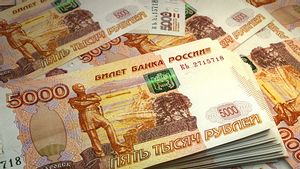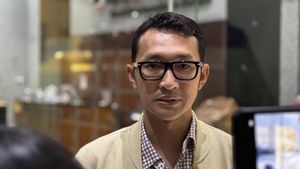JAKARTA - The Ministry of Industry is trying to quickly resolve several challenges faced in building industrial estates. These challenges range from the process of preparing documents, land and spatial planning, licensing, infrastructure requirements, managing and finding tenants, to creating business comfort.
"This challenge certainly requires synergy steps between the Ministry of Industry and other relevant ministries and institutions, which specifically oversee the acceleration of industrial estate development," said the Director General of Resilience, Territorial and International Industrial Access (KPAII) of the Ministry of Industry, Doddy Rahadi in a statement received by VOI. , Thursday 22 February.
For example, in the challenge of preparing planning documents, the Ministry of Industry has helped prepare guidelines for industrial estate planning documents, both in the form of master plans, feasibility studies and detailed engineering designs.
"The Ministry of Industry also provides assistance to local governments or prospective managers who intend to compile industrial estate planning documents," said Doddy.
Then, related to the challenges of land and spatial planning, the Ministry of Industry is preparing guidelines for Industrial Allocated Zones in Provincial and District Spatial Plans (RTRW).
"The Ministry of Industry continues to encourage local governments to compile a RTRW that can accommodate the interests of industrial estates," he said.
In addition, continued Doddy, the Ministry of Industry always provides assistance and supervision to resolve land and spatial problems with related parties, both across ministries or institutions, as well as prospective industrial area managers.
Regarding the challenges of licensing issues, currently the Ministry of Industry has Norms, Standards, Procedures and Criteria (NSPK) for industrial area licensing both related to Business Permits and Industrial Estate Expansion as well as Environmental Management Plans and Environmental Monitoring Plans.
"The licensing has been centralized in the Ministry of Industry's National Industrial Information System (SIINas). We are also always ready to assist and supervise the resolution of industrial area permit problems, "said Doddy.
Furthermore, the Ministry of Industry facilitates infrastructure needs outside and inside industrial estates. In this case, the Ministry of Industry coordinates the provision of infrastructure outside industrial areas with relevant ministries and encourages the implementation of the Public Private Partnership (PPP) scheme.
"For the challenges of managers and tenants, the Ministry of Industry implements standards in each industrial area," he added. In addition, the Ministry of Industry also frequently promotes investment in industrial estates both at home and abroad.
"Furthermore, to ensure the comfort of doing business, both security and employment, industrial estates have been designated as National Vital Objects for Industry (OVNI) and provide investment assistance to local governments," he explained.
Attract Korean investment
On the same occasion, the Director General of KPAII said that the government is intensively attracting investment, especially from the industrial sector, because it is considered to have a wide impact on the national economy. So far, with the growth of the industry, it has been able to provide positive effects such as increasing foreign exchange earnings and employment.
"In order to accommodate the investment realization, it is necessary to build an industrial area. This is in accordance with the mandate of Law Number 3 of 2014 concerning Industry, the industry must be located in an industrial area, ”he explained.
South Korea is one potential investor that continues to be targeted. The country of Ginseng is ranked seventh in the realization of foreign investment in Indonesia throughout 2019 with a total value of US $ 1.07 million.
The investment is spread across the five largest industrial sub-sectors, namely the chemical industry and goods made from chemicals by 19 percent, the leather industry, leather goods and footwear (12 percent), as well as the rubber industry, rubber and plastic goods (9 percent). ). Next, the furniture industry by 8 percent and the pharmaceutical industry, chemical medicinal products and traditional medicines (5 percent).

In order to optimally attract South Korean investment, the Ministry of Industry has proposed increased cooperation through the Indonesia-Korea Comprehensive Economic Partnership Agreement (IK-CEPA) framework. The proposal includes promoting exports in the automotive, steel, petrochemical, textile, food and beverage, and electronics industry sectors.
"Furthermore, investment promotion and supply chain or value chain development. Increasing competitiveness through capacity building, industrial revolution 4.0, management, technology, R&D, and standardization. Then, development of manufacturing human resources policies, exchange of experts and science and technology, holding dialogues, seminars and workshops, and other activities agreed by both parties, "he explained.
Doddy also revealed that up to now there have been 112 industrial estates that have been operating with an area covering of 52,438 hectares. In addition, there are 38 industrial estates that are in the construction process and 10 industrial estates are still in the planning stage.
"Of the 112 operational industrial areas, 64 of them are located in Java Island, the rest are located in Sumatra Island with 37 industrial areas, Kalimantan with 8 industrial areas, and Sulawesi with 3 industrial areas. Since 2015, there have been an increase of 15 industrial areas, ”he said.
In fact, in an effort to support the development of an inclusive Indonesia, the government is trying to encourage the development of industrial estates outside Java. This is because the Industrial Estate in Java Island will focus on developing high-tech industries, labor-intensive industries, and industries with low water consumption.
Meanwhile, industrial estates outside Java are more focused on natural resource-based industries, increasing the efficiency of the logistics system and as a driving force for the development of industrial estates that play a role as a new economic center.
"The development of new economic centers integrated with regional development, including infrastructure development, is believed to have a maximum effect on regional economic development," said Doddy.
The English, Chinese, Japanese, Arabic, and French versions are automatically generated by the AI. So there may still be inaccuracies in translating, please always see Indonesian as our main language. (system supported by DigitalSiber.id)
